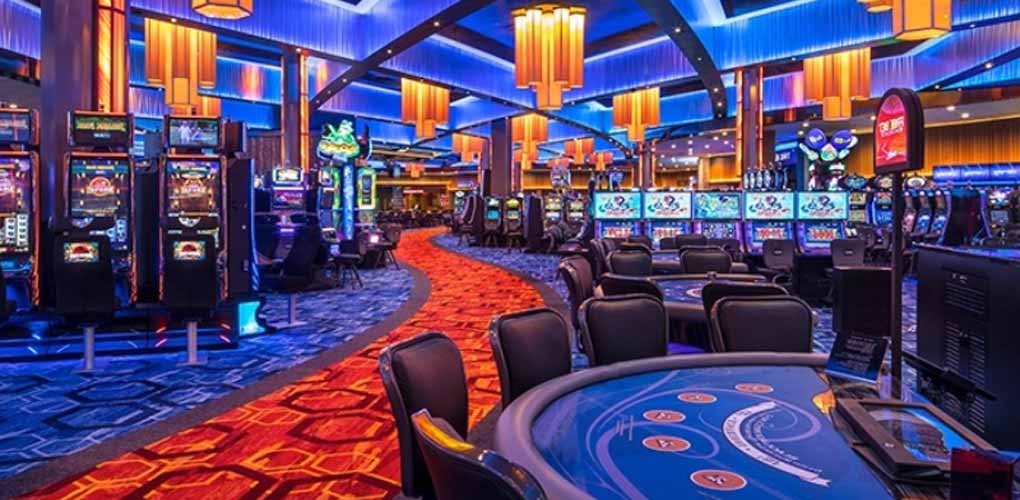
In the vibrant and thrilling world of gaming establishments, where fortune and strategy intertwine, hues and aesthetic play a pivotal role in drawing in gamblers. As soon as players step into a casino or access a gaming website, they are enveloped in a sightly feast that grabs their attention and lures them to discover more. Bright colors, captivating graphics, and creative layouts are carefully crafted to create an atmosphere of thrill and anticipation, ultimately enhancing the gaming encounter.
As gamblers navigate through the ever-changing landscape of casino games, they encounter a range of designs that not only serve aesthetic purposes but also influence emotions and decision-making. Colors like red and gold symbolize wealth and fortune, while calm blues and greens can create a much relaxed environment. Understanding how these elements function together allows casinos to create an inviting and energizing atmosphere that encourages players to interact with the games, invest more time at the tables, and boost their general enjoyment.
The Science of Tint in Gambling Games
Color plays a key role in the development of casino games, influencing players’ feelings and actions. Vivid and vibrant hues, such as red and yellow, are often used to incite thrill and draw notice. These colors create a sense of pressure and dynamism, encouraging gamblers to involve themselves more readily with the experience. By strategically selecting tints, developers aim to inspire feelings of joy and anticipation, which can enhance the overall player experience.
Distinct shades also have psychological meanings that can impact how participants perceive their odds of victory. For example, lime is often associated with good fortune and wealth, making it a popular choice in games like the roulette wheel and poker setups. This association can lead players to feel more hopeful and self-assured in their play, ultimately motivating them to stake more. Understanding these associations allows game creators to design environments that enhance player enjoyment and engagement.
Moreover, the design of gaming interfaces often employs gradients and differing hues to direct players’ responses. For instance, successful combinations may be highlighted with striking, differing hues, creating a visual incentive. This method strengthens successful results and supports repeated participation. By utilizing color psychology, gambling establishments can develop activities that not only attract players but also keep them engaged and committed in their gaming experience.
Design Elements that Attract Players
The visual appeal of gambling games is primarily influenced by the use of vibrant colors. Bright and striking colors are deliberately chosen to create an inviting atmosphere that grabs attention. For instance, reds and golden hues often signify luck and wealth, which is why they are common in the palettes of gaming machines and table surfaces. These colors not only attract players in, but they also stir emotions associated with excitement and expectation, enhancing the overall gaming experience.
In parallel to color, the aesthetic and organization of gambling games play a crucial role in player attraction. Games are designed to be intuitive, ensuring that players can easily understand the guidelines and mechanics. Accessible interfaces, along with captivating graphics and animations, help maintain player interest and promote longer play sessions. The tactile elements, such as the texture of the buttons and the audio of the games, also add to a comprehensive sensory experience that keeps players engaged.
Finally, thematic elements in game design can significantly influence player choice. Many casino games are inspired by popular culture, fairy tales, or exploration motifs, featuring symbols and characters that resonate with players. These themes create a sense of engagement and relatability, making each game feel distinct. When players feel a bond to the concept, they are more likely to opt for that game over others, leading to higher participation and enthusiasm within the gambling environment.
Case Studies: Successful Casino Table Game Designs
One key example of successful gambling game design is the well-known slot machine series based around popular movies. Games such as those based on the Wizard of Oz and Game of Thrones utilize vibrant colors and high-quality graphics to enthrall players in recognizable narratives. The employment of lively visuals and entertaining sound effects grabs the interest of players, creating an affective connection to the theme. This strategy not just promotes longer play but also enhances the overall gaming experience, resulting in increased player retention. rr88
Another successful case is the application of color in table games like 21 and the wheel. Casinos often create these games with dark reds and greens, colors traditionally connected with luck and wealth. For instance, the green felt on a 21 table provides a calming effect, while the crimson accents in roulette invite thrill. This deliberate use of color helps to establish an inviting atmosphere that motivates players to engage, addressing their psychological impulses and boosting their enjoyment.
Finally, online casino games that include social features and vivid, colorful designs have experienced remarkable success in engaging players. Games like Zynga Poker and Slot-O-Mania leverage bright colors and playful animations to establish an inviting online environment. The integration of leaderboards, social sharing options, and in-game rewards promotes competition and community, drawing players in for longer sessions. Such designs not just make the games visually enticing but also highlight community engagement, a vital factor in player retention and engagement within digital casino environments.
